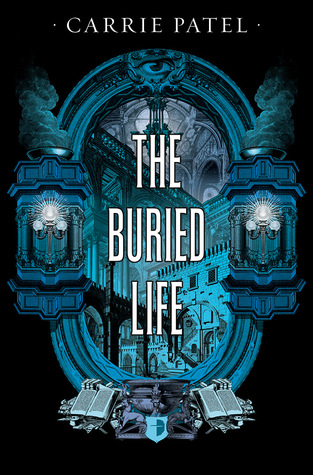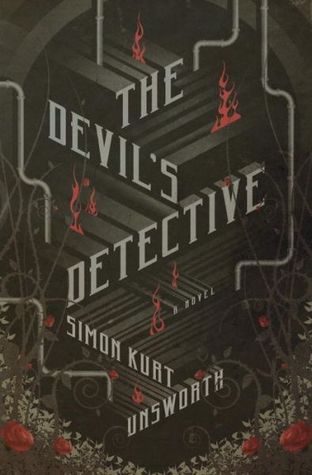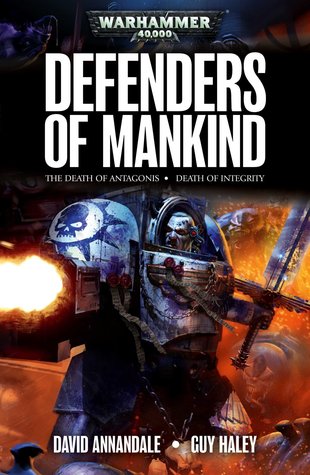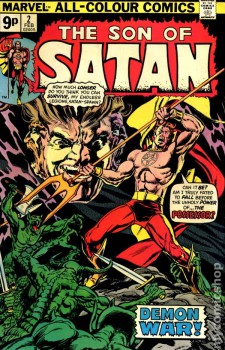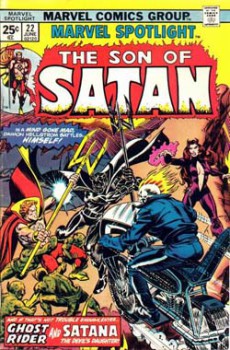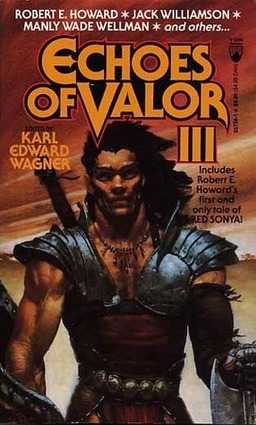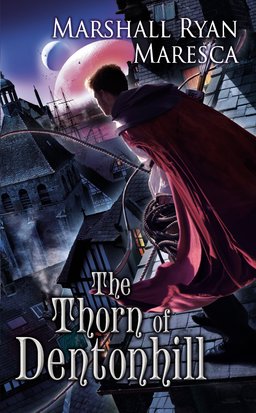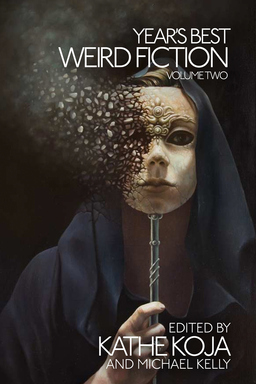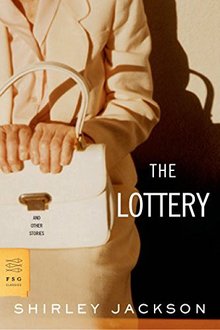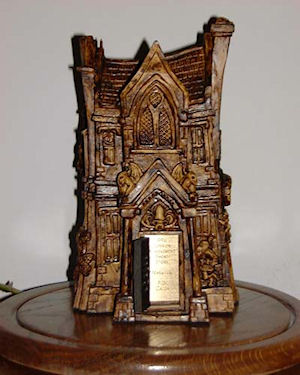High Space Opera: Jim Starlin’s Metamorphosis Odyssey and Dreadstar
 Recently, Black Gate overlord John O’Neill reported the news that Jim Starlin’s comic-book creation Dreadstar was in development as a TV series. Starlin will be a writer and executive producer of the new show, which is to be developed for television by Universal Cable Productions and Benderspink. No network was announced for the series, but io9 observed that Universal’s behind a number of shows for Syfy, where a Dreadstar show would presumably fit nicely.
Recently, Black Gate overlord John O’Neill reported the news that Jim Starlin’s comic-book creation Dreadstar was in development as a TV series. Starlin will be a writer and executive producer of the new show, which is to be developed for television by Universal Cable Productions and Benderspink. No network was announced for the series, but io9 observed that Universal’s behind a number of shows for Syfy, where a Dreadstar show would presumably fit nicely.
As it happens, I was a fan of Dreadstar when it was being published back in the late 80s. It had been years since I’d looked at an issue, though, so the news of the TV deal prompted me to dig out the old comics and go through them again. I ended up with mixed feelings. For me, at least, the golden age of Dreadstar was about twelve. But if I can see problems with the book more clearly now, I can also see what works. And I can see how an ongoing TV show makes a certain amount of sense.
To explain that I need to start by going through the book’s publishing history. This gets complicated. Before Dreadstar there was The Metamorphosis Odyssey, a painted serial that ran for the first nine issues of Marvel’s Epic Illustrated. Epic was an anthology of creator-owned work somewhat along the lines of Heavy Metal magazine. By the time Starlin’s serial ended, late in 1981, he’d also published a related story through Eclipse Comics, a painted story called The Price. (Originally in black-and-white, it would later be reprinted by Marvel in colour. The Metamorphosis Odyssey, meanwhile, was in black-and-white for its first few chapters, then switched to colour as it went on.) The next chapter of the story came in Marvel’s third “graphic novel” — a line of books which somewhat resembled softcover European graphic albums — called, simply, Dreadstar.
